The story of America’s first free Black settlement
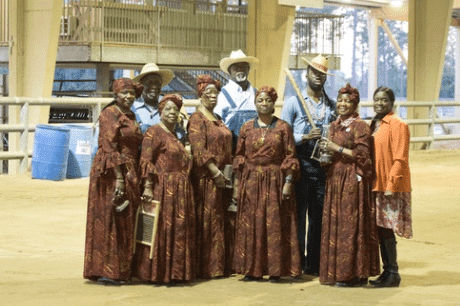
As the name suggests, Florida’s Historic Coast – St. Augustine, Ponte Vedra, and The Beaches – is filled with interesting attractions showcasing a colorful past.
The European influence is well known with its Spanish history and place in the Civil Rights Act.
However, less well known in St. Augustine is the history on its northern border – the first legally sanctioned free Black community in North America, called Fort Mose.
Traveling south on US-1 from Jacksonville, it’s easy to miss the Fort Mose State Historic Park entrance.
Just before the two statues of conquistadors standing guard is a road leading east into what looks like a residential neighborhood. Travel through this neighborhood towards the Intracoastal Waterway and enter one of Florida’s most significant cultural resources.
The settlement of Garcia Real de Santa Theresa de Mose, now referred to as Fort Mose Historic State Park, was established in 1738 as the first legally sanctioned free Black settlement in the US. Fort Mose’s inhabitants were mainly slaves of West African origin who escaped from the British colonies of South Carolina and Georgia to Spanish Florida in small groups.
The first group arrived in 1687, comprised of eight men, two women, and a nursing child, traveling by dugout canoe. Along their perilous journey to St. Augustine, escaped slaves were often aided by Native Americans, creating an early Underground Railroad that ran south.
By 1738, more than one hundred brave men, women, and children had journeyed through swamps and tropical forests to Fort Mose.. It was established as a military and residential community, guarding the northern boundary of St. Augustine.
The Spanish crown made two provisions for Fort Mose’s residents – they needed to become loyal Spanish subjects and convert to Catholicism. It made sense that slaves would escape to Spanish La Floride. Since the thirteenth century, Spanish law made freedom a possibility for slaves – they were allowed rights and protections, including the right to own property, as well as freedom of religion.
The historic Fort Mose site was discovered in 1986 during an archaeological dig led by Dr. Kathleen Deagan, a Professor of Anthropology at the University of Florida’s Florida Museum of Natural History.
The property owner, Jack Williams, permitted the team to investigate the site and, once the discovery was confirmed, sold the property to the State of Florida in 1989. Fort Mose was nationally acknowledged in 1994 as a U.S. Historic Landmark. It is a key stop on the Florida African American Heritage Trail and a Site of Memory of the UNESCO Slave Route Project.
In 2009, the National Park Service named Fort Mose a precursor site on the National Underground Railroad Network to Freedom.
Today, Fort Mose Historic State Park is a historical destination managed by the Florida State Parks Service. In addition to a museum and visitor center, the 41-acre park also offers opportunities for kayaking and canoeing, wildlife viewing, and picnicking.
Guests can visit the settlement site, but the original earth and wooden structures that sheltered its inhabitants are gone, lost to the ravages of time. For now, at least. Fort Mose will soon rise from the ground and have a tangible representation of its history.
The Fort Mose Reconstruction Project culminates years of planning. The Fort Mose Historical Society set a goal to reconstruct a representation of Fort Mose in the mid-1990s. The project gained real momentum in 2022 when the Foundation earned a competitive grant of $933,500 from the Florida African American Cultural and Historical Grants Program.
The Foundation also secured $250,000 in matching funds from Florida State Parks, the Jacksonville Jaguars Foundation, Florida Blue, The Community Foundation for Northeast Florida, and St. Johns County. The group continues its fundraising mission and still needs $500,000 in funding.
A groundbreaking is planned for January 19, 2024.
“The impact of this project cannot be overstated,” says Susan Phillips, Presidenr, St. Augustine, Ponte Vedra, and The Beaches Visitors and Convention Bureau.
“Fort Mose is a critical piece of African-American history. It should be as iconic as the Castillo de San Marcos or the St. Augustine Lighthouse. It is a beautiful place, but that final historical piece is missing.”
“We can’t wait to see school buses with eager children and cars of residents and visitors alike, learning the stories of the brave residents of Fort Mose.”
The reconstruction of this site will, provide rangers, visitors, and educators with new interpretive resources.
Fort Mose already offers many activities honoring its history, including a monthly Militia Muster, where guests can experience a free musket firing demonstration. Every June, a coalition of free Black Fort Mose militia, Spanish militia, and Native American allies fight the British and Scottish invaders at the Battle of Bloody Mose. This is a reenactment of an actual battle that took place on June 26, 1740, during General Oglethorpe’s invasion of Spanish Florida and resulted in the end of his campaign.
The Discover Fort Most Jazz and Blues Series is a confluence of history, community, and music. Spread over two weekends in February, the music series offers six exceptional performances and features big-name performers.
The 2024 line-up will be announced soon. Proceeds support the reconstruction effort.
Once the reconstruction is complete, more educational, historical, and cultural events will be possible.
Florida’s Historic Coast includes historic St. Augustine, the golf and seaside elegance of Ponte Vedra Beach, and 42 miles of Atlantic beaches.
Learn more: www.FloridasHistoricCoast.com and www.viajaStAugustine.com
TravelMole Editorial Team
Editor for TravelMole North America and Asia pacific regions. Ray is a highly experienced (15+ years) skilled journalist and editor predominantly in travel, hospitality and lifestyle working with a huge number of major market-leading brands. He has also cover in-depth news, interviews and features in general business, finance, tech and geopolitical issues for a select few major news outlets and publishers.
 United Kingdom
United Kingdom United States
United States Asia Pacific
Asia Pacific






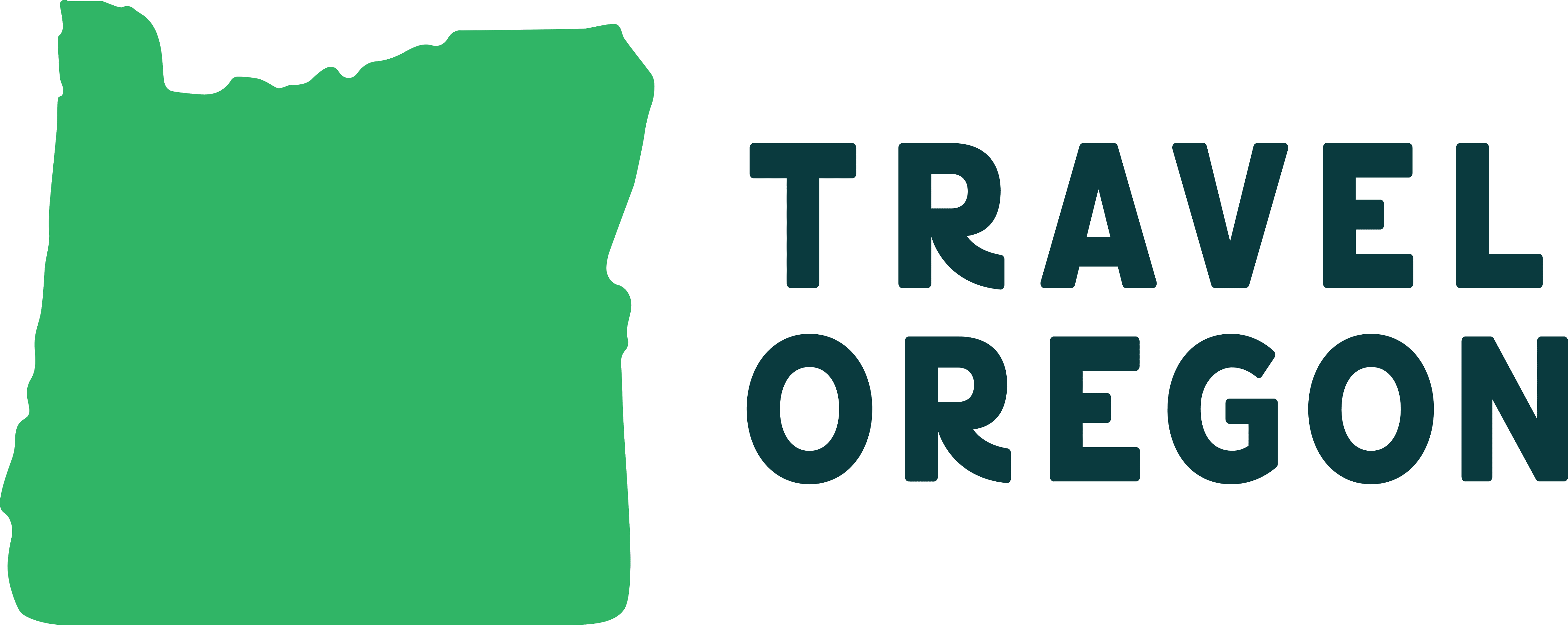






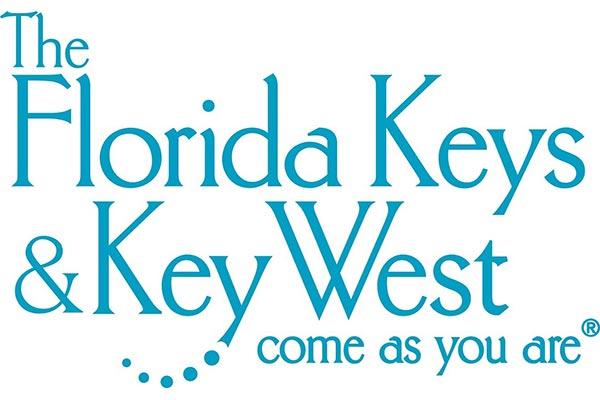

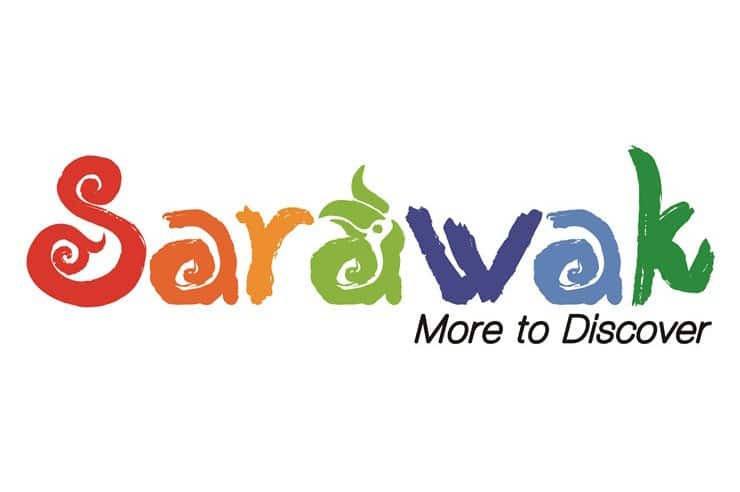




















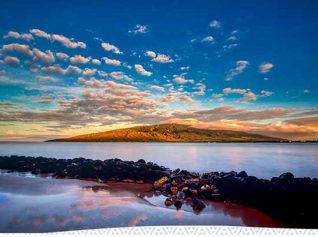
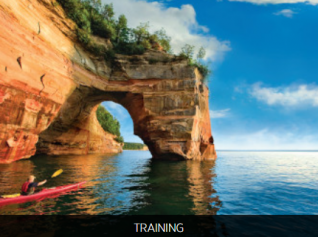






EU airports bring back 100ml liquid rule
British Airways passengers endure 11-hour 'flight to nowhere'
CLIA: Anti-cruise demos could cause itinerary changes in Europe
Co-pilot faints, easyJet flight issues ‘red alert’
Gatwick braces for strike